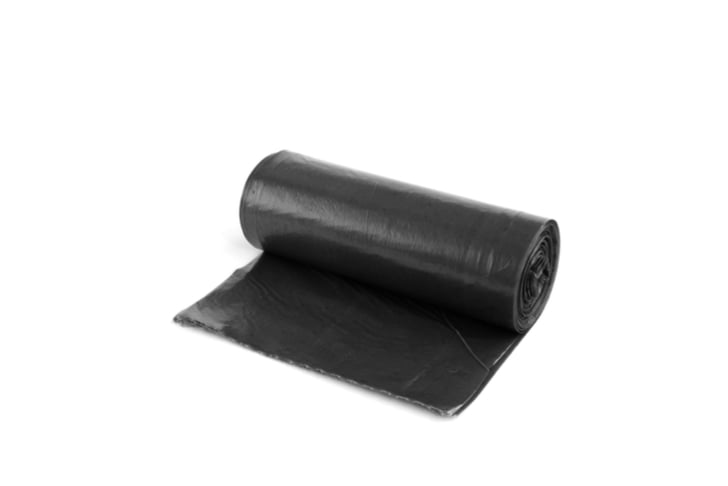Is it time to wade back into the market? With the S&P 500 now negative for the year, and down 10% from its September high, some say this is the perfect time to get back into the market, when fear is high and expectations are low.
A lot of great companies have been hit hard by the downturn, but not all of them belong in your portfolio. I’d wait a bit on Apple (NASDAQ:AAPL), Facebook (NASDAQ:FB) and Alphabet (NASDAQ:GOOG, NASDAQ:GOOGL), looking for catalysts that will drive them higher rather than just calling them bargains.
There are beaten-down stocks, however, that have catalysts in the form of solid prospects that should drive these businesses forward even if the stocks take time to recover. In a bear market, these are the stocks to buy that long-term investors should look for.
So, while the macro environment for stocks still looks bad, you might want to nibble a bit on the micro environment of good companies with solid prospects, and let the market come to you.
Nvidia (NVDA)

In a recession, companies get desperate for productivity. Artificial intelligence promises productivity by replacing people doing simple jobs with software. Add intelligence to machines and you don’t need operators. Add intelligence to business processes and you can make them self-service.
That’s why Nvidia (NASDAQ:NVDA), which has been absolutely hammered since the start of October, down nearly 46%, may have transitioned into a smart stock to buy.
At its Dec. 4 closing price of $157 per share, Nvidia is still selling at about 8 times last year’s sales, but its data center business remains strong. The sole reason it missed on its October quarter earnings, and by only 3 cents per share, was the collapse of the cryptocurrency mining business, which is a good thing.
There’s far more useful work to do in machine learning, in adding intelligence to products and systems we now think of as inanimate. That’s mainly done in cloud data centers, which are going through their first upgrade cycle, often with Nvidia chips. As cloud capabilities increase, fast processing in factories, distribution networks and delivery vehicles, the client side of the equation, can increase productivity further, and drive more sales.
A lot of investors remain down on Nvidia because of China, where its sales are brisk but seem threatened by the trade war. But China is where a lot of tomorrow’s applications are going to come from. What China does to control its citizens can easily be used by U.S. companies to control shrinkage and maintain efficiency.
In other words, the stock may be down but the company remains up. Analysts are even higher on Nvidia than they were three months ago.
SunTrust (STI)

I do my business banking at SunTrust (NYSE:STI), and business there is good, but the stock is down 11% since Oct. 1, and almost 10% for the year to date.
Technical analysts are calling this a buying opportunity. I agree. The company has seen steadily rising dividends over five years, which now stand at 50 cents per quarter, yet the recent selling has the stock selling at barely 10 times earnings.
SunTrust continues to sail through the Dodd-Frank stress tests, meaning it should be safe even in a recession. The bank, which is strongest in Florida and Georgia, is now expanding its footprint into Texas. The company is focusing on growth markets, like advising rich baby boomers in retirement — many of whom are longtime customers.
Analysts have begun pounding the table for SunTrust, calling it “underpriced” by as much as 41%. The company has focused on diversification under CEO Bill Rogers.
SunTrust is not a 10-bagger, but it’s a safe, relatively well-run regional bank that can survive hard times, a good defensive issue that offers a 3.4% yield at its Dec. 4 closing price of about $59 per share. That puts it among the smart stocks to buy if you have a long horizon.
Royal Caribbean Cruises (RCL)

Royal Caribbean Cruises (NYSE:RCL) has four brands, each catering to different segments of the market. Royal Caribbean runs the big ships for families, Celebrity focuses on food for veteran cruisers, Azamara has smaller ships that can land in unique places and focuses on immersive shore excursions, while Pullmantur, which is run out of Spain, focuses on the European market.
At its Dec. 4 closing price of about $109 per share, Royal Caribbean was selling for just 13 times earnings, and had just begun coming back from a precipitous fall from over $130 in September to below $100 in late October. There’s also a 70-cent-per-share dividend yielding 2.6%.
I just got off a Celebrity cruise, and can say the line is very professionally run. The winter season is when cruise lines make their biggest profits, and analysts are expecting RCL to earn $1.50 per share during the current quarter, on $2.2 billion in revenue. That would represent about 10% growth on the top line from a year ago.
But the big catalyst for RCL going forward could be China. While rival Norwegian Cruise Line Holdings (NYSE:NCLH) has pulled one of its China ships back to North America, RCL has been doubling-down, building better relationships with travel agents who still matter there, selling more long cruises and adding a new ship to the market.
Rising market share in a growing market is a nice catalyst, which makes RCL the star of the cruise group, in my view. Cruises are increasingly an affordable luxury for the global middle class, and I found a lot of veteran cruisers on my trip who spend weeks or months each year afloat during their retirements.
You can make money on them.
Dana Blankenhorn is a financial and technology journalist. He is the author of a new mystery thriller, The Reluctant Detective Finds Her Family, available now at the Amazon Kindle store. Write him at danablankenhorn@gmail.com or follow him on Twitter at @danablankenhorn. As of this writing he owned shares in AAPL.
